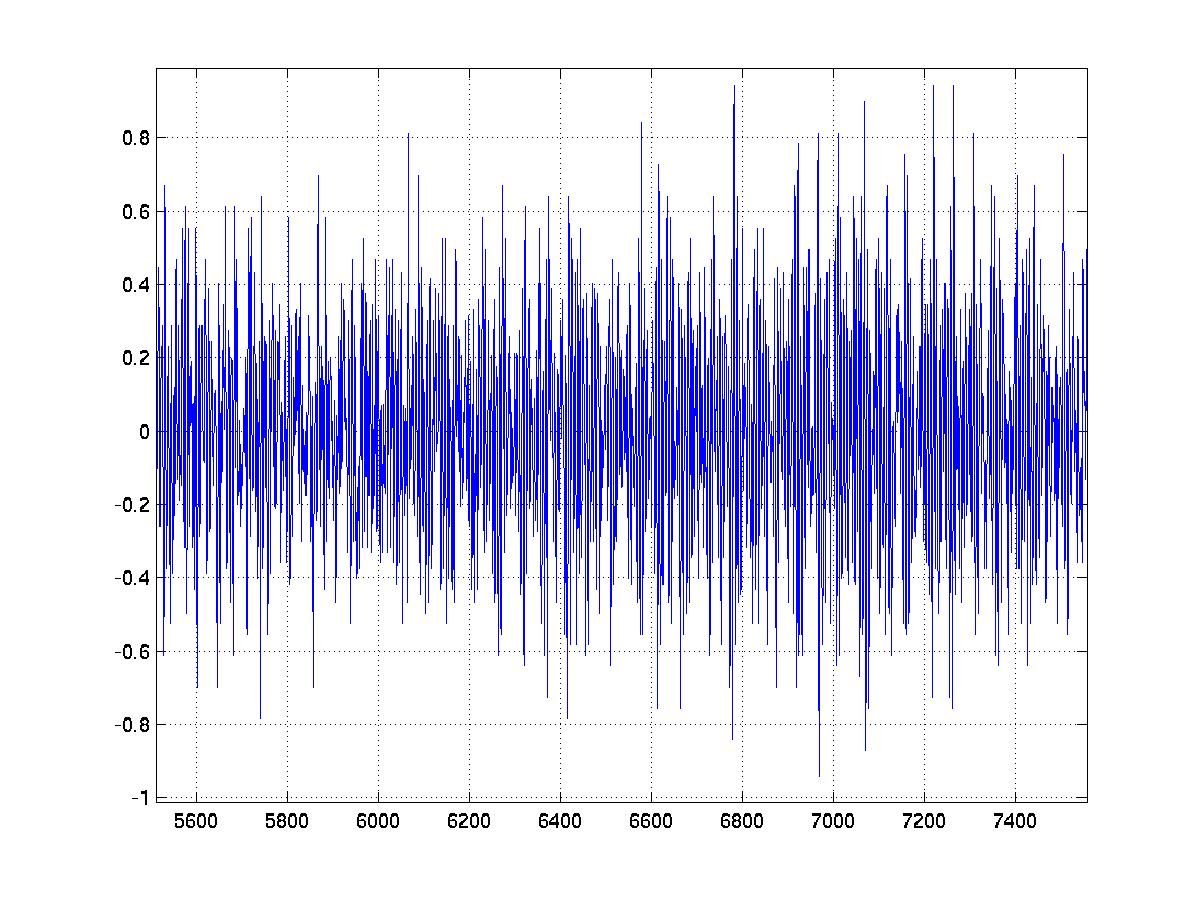How to Understand Sound Signals

Sound is a vibration of a medium which may be air, water or another substance capable of transmitting longitudinal waves. The need to understand sound signals often arises in everyday life when you set up a variety of devices, from musical instruments to internal combustion engines.
The most common devices are digital frequency meters. However, we cannot understand in which direction the frequency has changed at once. Analogue frequency is less accurate but it allows you to instantly determine the sign of changing frequency. If you want to understand sound signals then follow some easy guidelines.
Things Required:
– Frequency Counter
– Electronic Audio Amplifier
– Oscilloscope
– Microphone
– Sound Generator
– Tuning Fork
– Volt Meter
– Multifunction Tester
Instructions
-
1
The most affordable method to understand frequency is through a frequency counter. Plug your microphone and play the sound source. On a scale of given frequency, try to understand the sound signals. If you are finding it difficult to understand it, facilitate the process by using an electronic audio amplifier.
-
2
You can understand the sound frequency with an oscilloscope and a sound generator. In this process, the microphone and the audio amplifier are connected to one of the pairs of plates of the oscilloscope and the output of the sound generator is connected to another pair of plates. Turn the circuit on and determine the frequency of the sound signal on the oscilloscope screen. It is possible to change the settings of the oscilloscope, using frequency dividers and multipliers.
-
3
All the above methods are based on the conversion of sound into an electrical signal. But there is a method for determining the acoustic frequency using a tuning fork. If the sound is loud enough, the fork leg will find it difficult to fix on the source of the sound. Determine the frequency of tick marks on the scale applied. For such an experience, a vintage classic fork is needed with a moving bar.
-
4
To understand the frequency or sound signals of a tuning fork, it is recommended to use faint sound instruments equipped with special cavities in the form of bells, baskets, etc. The same method is used to measure the sound from distant sources.
-
5
Prepare any analog device capable of measuring the voltage from 0 to 1 V. This can be done after using a specialised voltmeter and multifunction tester. Observe polarity when connecting it. Now, feed input signals of different frequencies measured by a frequency counter model and make a table of correspondence voltmeter containing different frequencies.
-
6
If you want to make a multi-band frequency, be sure to use different pairs of resistors and capacitors.
-
7
The most common way to understand sound signals is through the use of digital frequency meters. However, we still cannot understand in which direction the frequency has changed while using them. Analogue frequency is less accurate but it allows you to instantly determine the sign of changing frequency.




